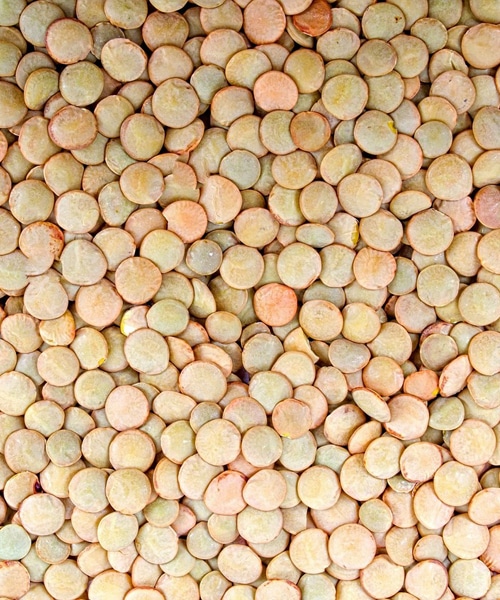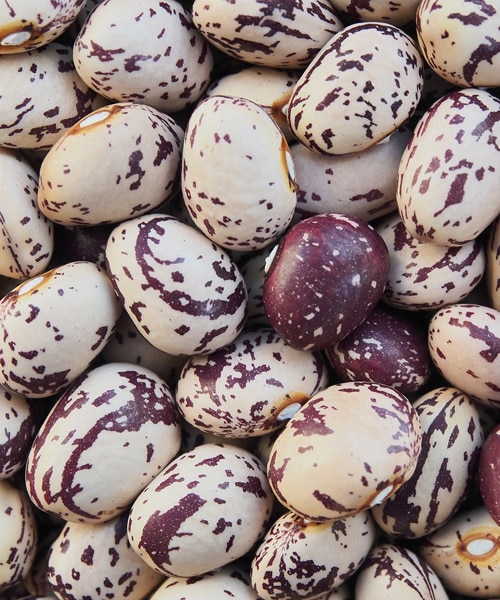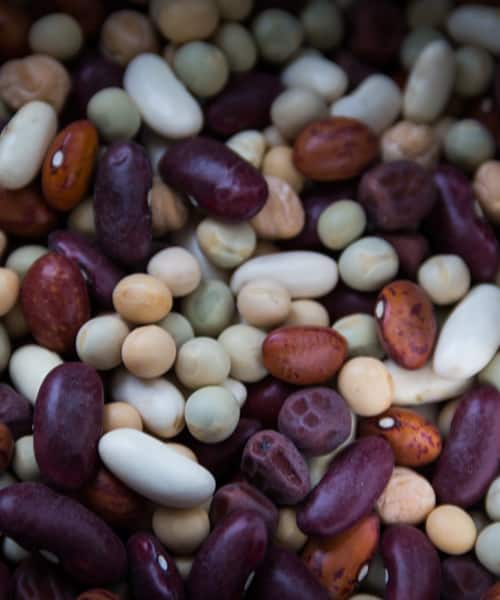

You would be surprised at just how dried beans can be added to a meal, and then completely change the texture and taste of that specific dish. Now, when we talk about dried beans we are referring as a general term as we know there all kinds of different dried beans out there, all with different colourings, flavours and textures.
One of the great benefits to dried beans is that they can offer you a brilliant source rich tastes that work well as part of any well-balanced diet. On their own they may not offer enough taste to get you going but as part of other dishes they do. One important part of cooking dried beans is the preparation though, and this is a key place for us to start.

The first step you will need to take may seem tedious but believe us, this is a step you don’t want to skip especially if your end result is cooking for a number of guests. So before you start cooking you want to sort out the beans by discarding damaged, bruised or shrivelled beans from your pack, at this stage you can also add them into a sieve and then run cold water through them, this will remove dirt and other foreign objects from the beans.
The last thing you want to do is serve your dinner guests beans that may contain small rocks or pebbles, they will only end up with a nasty surprise!
The next phase depends on how much time you have available, so are you cooking this dish tomorrow or do you need to get on with cooking the dish asap? If you have time you can slow soak the beans overnight which allows that you fully cook the beans when you do come to cook them.
If you don’t have that spare time then you can choose the faster soak, which essentially consist of putting the beans into a saucepan and then slow boiling them for a few minutes so they soften up. Leave them on the side, with a lid over for about an hour.

If you already have your beans in a saucepan then keep them in there with enough water to cover them, you can then add yourself a bit of olive oil (a tablespoon is enough). The olive oil is a little trick you can learn which stops the amount of foam over you get from boiling beans, pasta etc.
The beans can take anything between 30 minutes and up to 2 hours of cooking time, all dependant on how full your saucepan is, what beans you are using and what method you used to soak them (the slow or fast method).
For example, the black bean is one of the quickest requiring abut 30-60 minutes, whilst the red kidney bean can take 120 minutes.

Pick up one of the beans from the saucepan pot and then squeeze it between your fingers, if the bean is tender then it’s done. If you have undercooked them then they will still be crunchy, and if you have overcooked them they will become very mushy.

Firstly you can use them to create your own baked beans, but if you want to really challenge your culinary skills then there are a few simple recipes that you can follow below:
The most popular choice for beans is to create a chilli dish with black and red beans, you can optionally add some mince beef to this dish or you can keep it ‘bean only’, that’s up to you and your guests. Boiling up some rice, grating up some cheese and creating a chilli styled sauce is all that is keeping you from a warm lunchtime meal with a bit of a kick to it.
The final recipe that we think you will like is creating a five-bean soup which consists of using different types of beans, from red kidney beans, mung beans, pinto beans, lima beans and black beans. You can add a few scoops of rice to the side of the soup or cook some French bread for dipping.
To do this recipe you just need to cook the selection of beans and then add your favourite vegetables to a saucepan and bring the soup together ready for serving.
The opportunities that you have with beans are plentiful and you can really experiment with certain foods and dishes, using beans as alternatives to your usual meats. For example, try using red beans in a hummus recipe to give yourself a bit of a change to the usual ingredients or think about a Caribbean red bean and rice seafood dish.